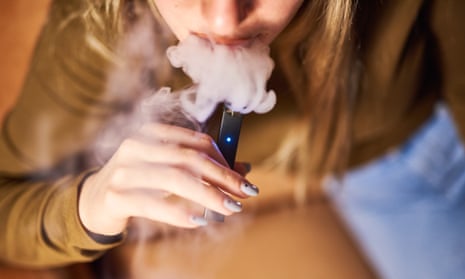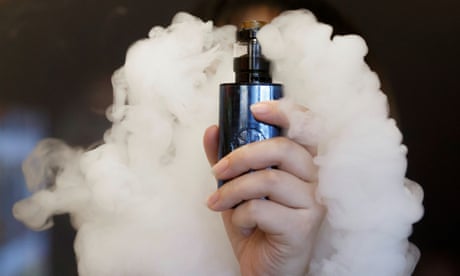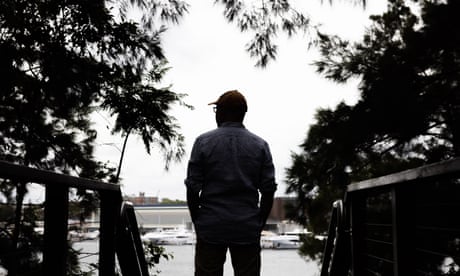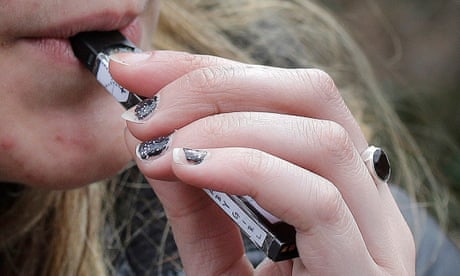Extract from The Guardian

Quality standards to be introduced to tackle youth vaping, including restricting flavours, colours and other ingredients.
Mon 1 May 2023 23.00 AEST
Last modified on Tue 2 May 2023 07.14 AESTTo tackle youth vaping, minimum quality standards for vapes will be introduced including restricting flavours, colours and other ingredients. Vape products will require pharmaceutical-like packaging, and the allowed nicotine concentrations and volumes will be reduced. All single-use, disposable vapes will be banned.
Speaking on ABC’s Q&A on Monday night, the health minister, Mark Butler, said that the tobacco industry was trying to create a “new generation of nicotine addicts” through vaping and that he was “determined to stamp out this public health menace”.
It follows an inquiry into vaping reforms led by the drugs regulator, the Therapeutic Goods Administration (TGA), with submissions from health professional bodies, public health associations, individual health professionals and university researchers overwhelmingly supporting tightening border controls.
Many public health experts and bodies submitted to the inquiry that border controls should also be placed on non-nicotine vaping products to prevent mislabelling and exploitation of import loopholes. It follows manufacturers falsely labelling products containing nicotine as “nicotine-free” to get around import restrictions, leaving children easily able to buy vapes, often unknowingly inhaling nicotine and becoming addicted.
The government will also work with states and territories to end vape sales in convenience stores and other retailers. Prescriptions for nicotine vaping products for smokers trying to quit tobacco will be made easier to obtain, with stronger standards around the vaping products that can be bought in pharmacies so people can be assured of the content of the products.
Australia’s health minister, Mark Butler, will expand on the reforms in a speech to the National Press Club on Tuesday, where he is expected to say vaping has become “the biggest loophole in Australian history” and announce that next Tuesday’s federal budget will include $234m in funding for tobacco and vaping reforms, the biggest since plain packaging of tobacco products was introduced.
“Vaping was sold to governments and communities around the world as a therapeutic product to help long-term smokers quit,” an excerpt from Butler’s speech says.
“It was not sold as a recreational product – especially not one for our kids. But that is what it has become: the biggest loophole in Australian history.”
The funding includes $63m for an evidence-based public health information campaign to discourage people from taking up smoking and vaping and encourage more people to quit. Public health experts have long been calling for a renewed anti-smoking advertising campaign. There will be $30m invested in support programs to help Australians quit, and education and training in smoking and nicotine cessation among health practitioners will be strengthened.
A further $140m will be allocated to the Tackling Indigenous Smoking program which will be extended and also widened to reduce vaping among First Nations people.
“This is a product targeted at our kids, sold alongside lollies and chocolate bars,” Butler is expected to tell the Press Club.
“Vaping has become the No 1 behavioural issue in high schools. And it’s becoming widespread in primary schools. Over the past 12 months, Victoria’s poisons hotline has taken 50 calls about children under four becoming sick from ingesting or using a vape.
“Just like they did with smoking, big tobacco has taken another addictive product, wrapped it in shiny packaging and added flavours to create a new generation of nicotine addicts.
Butler will say those who vape are three times as likely to take up smoking, “which explains why under-25s are the only cohort in the community currently recording an increase in smoking rates”.
“This must end,” he will tell the Press Club.
The Public Health Association of Australia’s CEO, Terry Slevin, described vaping as a “public health disaster”. He said the reforms would see Australia re-establish itself as a world leader in tobacco and vaping control.
“The ubiquitous and aggressive marketing of vaping products, particularly to children, is a worldwide scourge,” he said.
“For smokers who are legitimately trying to quit using vapes, a pathway is and should be in place. But that should not be at the cost of creating a new generation of nicotine addicts among the young.”
He said Butler should be congratulated for “responding to the evidence and standing up to a powerful and wealthy industry”.
Australian Council on Smoking and Health’s co-CEO, Laura Hunter, said it was encouraging to see a government take “decisive action” against a harmful industry.
“We also acknowledge the commitment to end the sales of vapes from retail settings which have mushroomed in every city and suburb, and gone a long way to normalising vaping culture,” she said.
“While we have yet to examine the detail of these announcements, the focus on strong action to support the medical prescription model, further education on both smoking and vaping, and increased cessation support is a breath of fresh air in a crisis situation clouded by murky operators peddling misinformation at the expense of our health.”



No comments:
Post a Comment